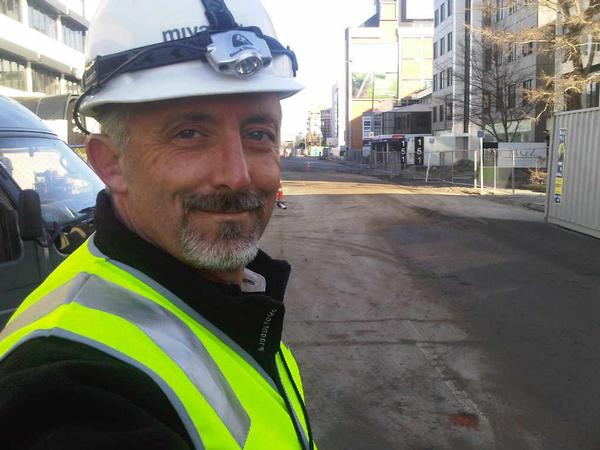Christchurch's soft soil red zone and CBD can be rebuilt on

Rebuilding in Christchurch red zone and crumpled CBD is absolutely possible, a global structural earthquake engineering rebuild expert says.
The areas in the CBD can be built on but may require different foundations than previously used, Michael King, director of Miyamoto Cardno said today.
Miyamoto and Cardno is a joint venture born in Christchurch to bring ideas, and resources to bear to assist in the rebuild of the city. They have offices in Haiti, Turkey, Italy, Japan and the USA, Australia and further afield.
``From a structural standpoint soils can be dealt with by different means to properly support different types of buildings. There is a large difference between the foundational requirements for a high rise structure and a low rise one. There may be recommended building types for different soil conditions based upon the effectiveness of foundation design and also the cost,’’ King said.
``You can definitely build on soft land near the river; there are several methods for foundation designs that are suitable for this sort of soil conditions. Rebuilding in the red zone and CBD is absolutely possible. The lands in these areas have been moving for years. Many of the older homes in the areas have been re-levelled and re-piled one, two, three or more times over the years.
``The soils in the area can support homes and it’s an issue of risk management. Without an earthquake the homes do require some maintenance work over the life of the house. The recent earthquakes exposed a lot of the vulnerabilities of the buildings, but we can learn from the experience and engineer/design to mitigate these things.
``They also provided several decades of movement that was occurring into a very short time period. We also now have a better understanding of Christchurch’s seismicity so we can build smarter and better.’’
King said the biggest challenge to rebuild in the red zone/ CBD was getting investors to commit to the area. He said everyone was scared –and understandably so. But proper designs and installations would transcend the uncertainty that was preventing people from moving forward.
``Once people understand that risks to earthquakes is a manageable thing – the need to use engineering to design buildings to withstand larger forces than what was previously thought appropriate for Christchurch, and this can be done in an economically feasible way.
``It is also risk management. If you know that the building might move some during an earthquake then a design is adapted to allow for some lifting and shifting in the future. This does not have to be very expensive and does not have to be completely rigid.’’
He said there were many obstacles in the way before Christchurch becomes a bustling city again in 15-20 years time. It would require a focussed effort across all parties working together (investors, developers, insurance, local government, etc) in order to make this happen.
``There is a unique feel to the centre of Christchurch which is hard to find elsewhere. Creating that feel again, and even enhancing it, will be a great task and one that we look forward to playing a part in for the people and visitors in Christchurch.
``Buildings can stand up to ongoing earthquakes on soft soils. The buildings, if designed or built properly, will be resilient and can take many shakes and keep going. Everyone in Christchurch sees buildings every day that meet these criteria. With almost 10,000 earthquakes noted thus far these buildings that everyone is in every day have weathered the storm, and continue to do so. Those buildings in the red zone are no different.
``Instead of demolishing buildings and replacing with a new one, I think a lot of buildings can be saved and rehabilitated cost-effectively. So saving what’s here already would significantly reduce the rebuilding costs.
``I was in Port Au Prince, Haiti for seven months just after their big earthquake developing and implementing a programme to systematically repair earthquake-damaged homes. I’m not sure the two experiences can be compared. Clearly Christchurch was more prepared for an earthquake than Port Au Prince,
King believe it would ‘’more than two decades’’ before life returned to normal in Christchurch. The amount of work to be accomplished was daunting. In order for this to be accomplished there would need to be a central vision that was able to be funded, insured and constructed.
